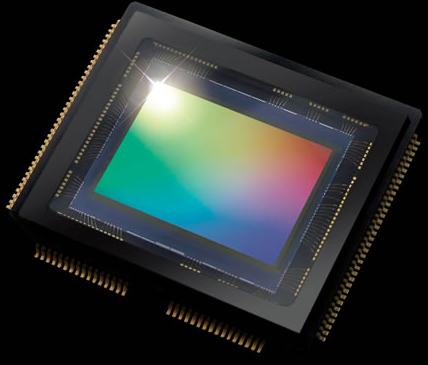Long Sought After TUBELESS Night Vision Is Now a Reality.
Tubeless night vision has been a dream for decades. The night vision world has long been dominated by technology developed in the 1930’s. The old night vision uses a component called the image intensification tube (and yes it really was developed in the 1930’s!). This tube is the heart of old fashioned night vision. The tube is what makes it work and that same tube is what holds the technology back from its full potential. Tubeless night vision will change all of that. But first a little more about your grandfathers night vision.
The tube in an old system is responsible for gathering the bits of ambient light available at night, from stars and the moon, and then amplifying that light by generating electrons within the tube. These electrons then strike a phosphor screen at the back of the tube to create the green image that we see with our eyes. The tube is wrapped with a high voltage power supply to make it all work.
The old starlight night vision has matured as far as it can go and is very good at seeing in the dark. The problem with the tube method is that it is a purely analog system. The information can only be seen by 1 person that has their eye right up to the system. There is no video out, no digital data and no ability to share information or utilize the amazing array of video analytics available these days. Except for seeing in the dark, the cameras in our cell phones are light years advanced when compared to even the most expensive military night vision systems. With my phone I can snap a picture, identify faces, send the picture to a friend and get a response back immediately. With military NVG systems all I can do is look and then maybe call someone and try to describe what Im seeing. Imagine if you witnessed the worlds funniest event that would make the #1 downloaded viral video of all time. But now imagine that you have a cell phone that will only let you see the video onscreen. It wont let you save it or post it or anything you can only watch it live and then its gone. So how many hits do you think that will get if you watch this event then upload a spoken description to YouTube of what you just saw? Not very many right? But this is exactly what you have to do with current military tube night vision. Enter Tubeless night vision.
Tubeless night vision utilizes advanced digital sensors to produce real time images in light levels below that of tube night vision. Thats right, tubeless night vision can outperform the latest generation tube systems. Many have tried to remove the tube from night vision and create a digital system that can match the tube but all have failed. The secret to tubeless night vision lies in a new imaging module technology called BSTFA (Broad Spectrum Thin Film Array). This new imaging sensor allows for greater sensitivity and longer wavelength response in the SWIR bandwidth which helps to greatly enhance low light performance. There is also greater sensitivity throughout the visible spectrum. These inherent advantages coupled with advanced imaging pipeline techniques and video manipulation schemes produces the worlds first tubeless night vision capable sensor platform. With BSTFA technology the night vision world is set to explode. The possibilities are endless once you go tubeless on your night vision. A digital data stream means that the new BSTFA tubeless night vision based systems can be fully integrated into existing and future network and security video systems. Instant visual communication between the ground force and command is now possible day or night. BSTFA Tubeless Night Vision also opens up tremendously useful applications in UAV imaging payloads, vehicle driver vision enhancement systems and image fusion.
In addition to the technological benefits of tubeless night vision there are also some very practical benefits. First and foremost though, tubeless night vision must perform as well or better than old night vision or the practical benefits are of little merrit. Well we have already shown that BSTFA tubeless technology surpasses grandpas night vision goggles so the practical benefits are that much more important.
- Tubeless night vision uses wafer based imaging sensors so it can be made smaller, lighter and lower power than tube systems. A perfect SWaP solution.
- BSTFA tubeless night vision sensors can be manufactured on standard wafer plants so cost will be dramatically lower than old tube stuff.
- The small size allows BSTFA to be put into a wide variety of new devices that tube systems just cant go into.
- Tube night vision is very sensitive to light and will destroy itself if exposed to bright lights. In fact just using it actually causes it to eat itself alive. Tubeless BSTFA is as reliable as your camcorder and does not cannibalize itself. Further, BSTFA is a DAY and NIGHT technology. Now you can use a single sensor for bright sun and the darkest of nights.
The time for tubeless night vision is now with the introduction of the BSTFA HFiS X26 module from SPI CORP. They took the tubes out of Televisions and Radios a long time ago and gave us ultra high definition digital solid state devices that far out perform grandpas old BW TV set. Solid state digital electronics are always smaller, lighter, cheaper and higher performance than the old tube models. So now that BSTFA technology is here it just makes sense to ditch those ancient tubes and go tubeless night vision.
Contact SPI CORP for exclusive information on BSTFA HFiS X26 Tubeless Night Vision Technology. 702-499-9551.
www.x20.org
-> Just Introduced, the X27 low light COLOR night vision camera system. The X27 is theworlds most sensitive color low light / low lux sensor, Click here for more details






